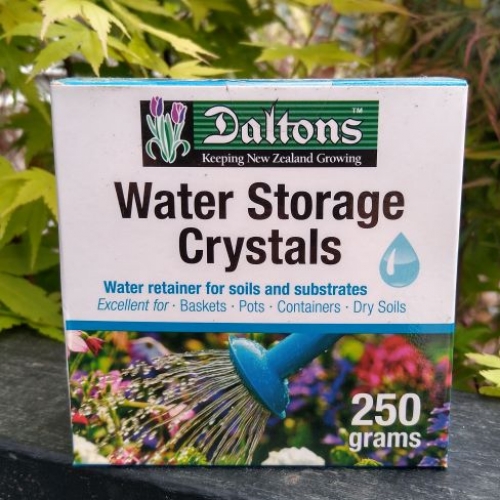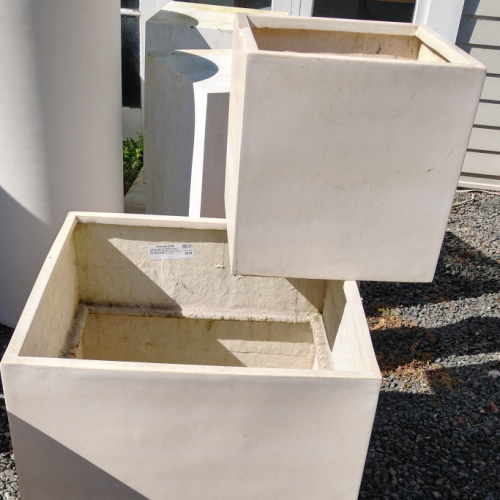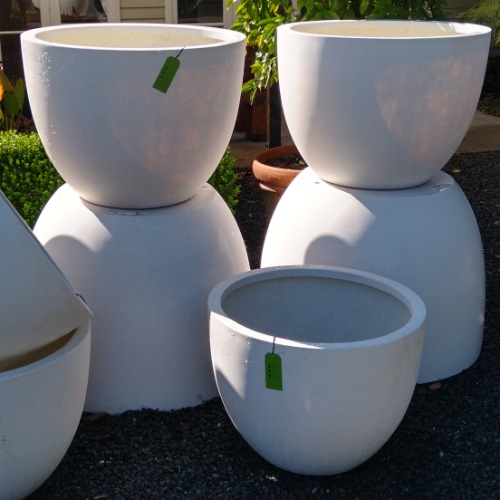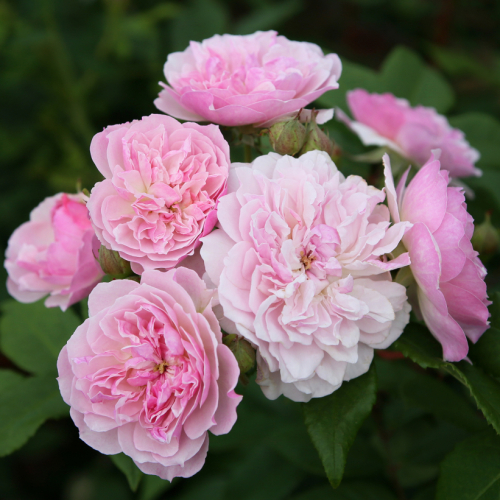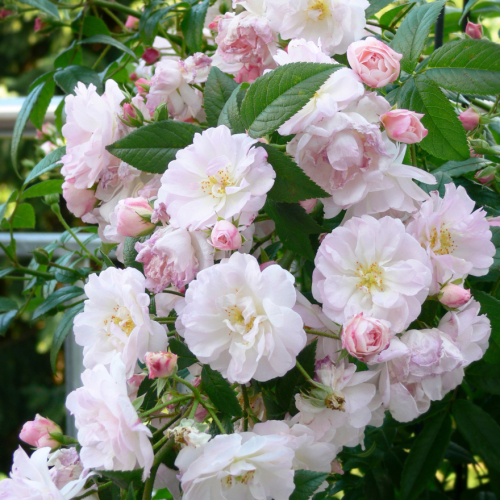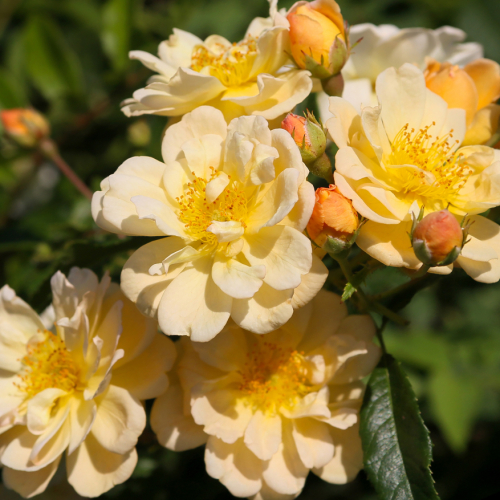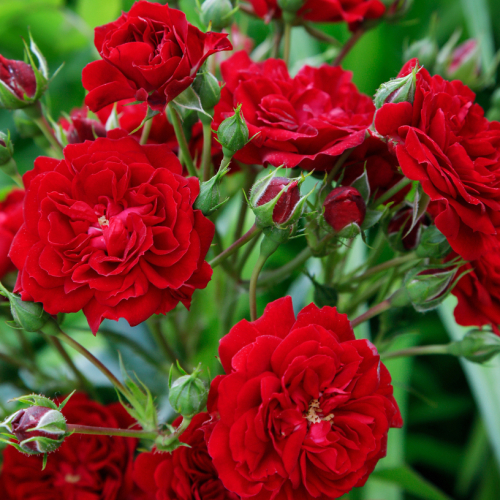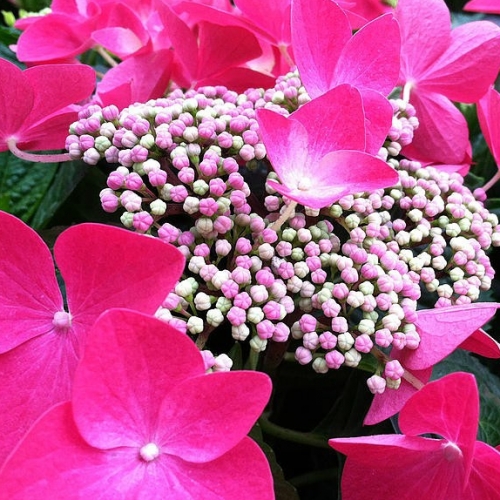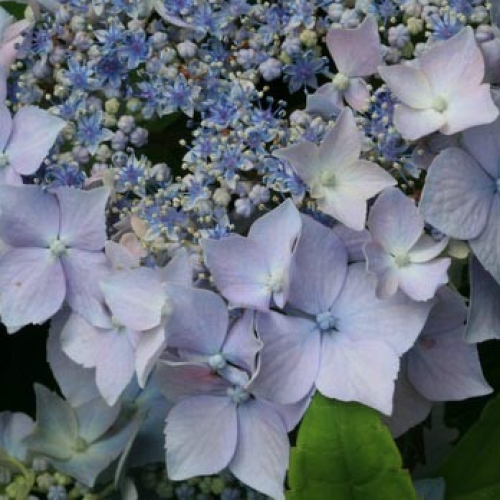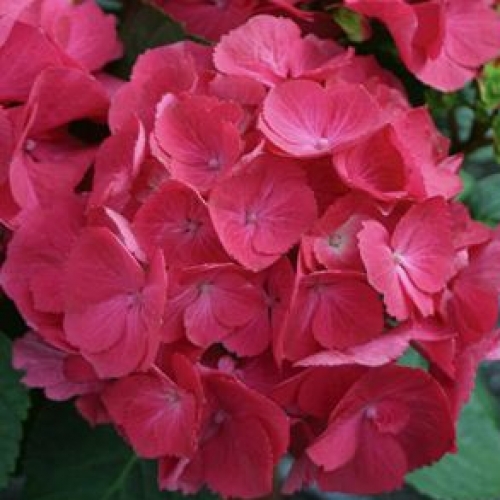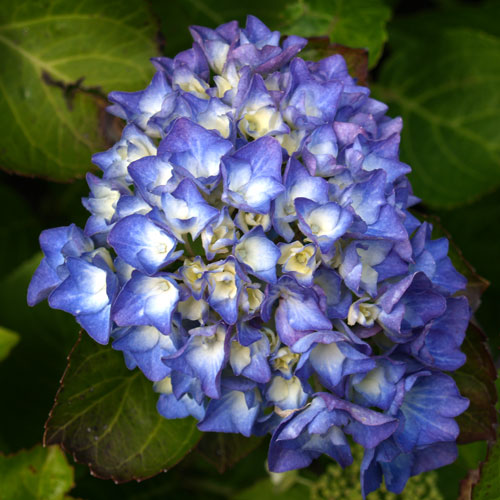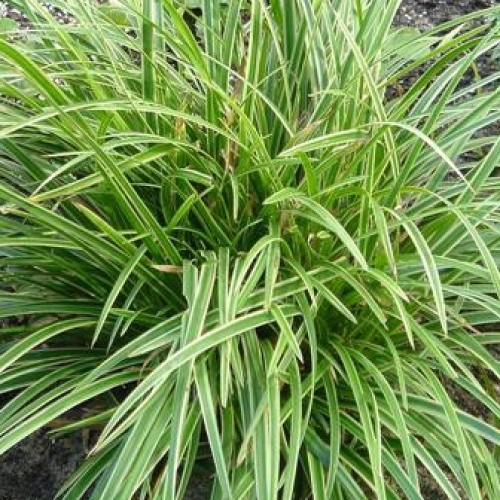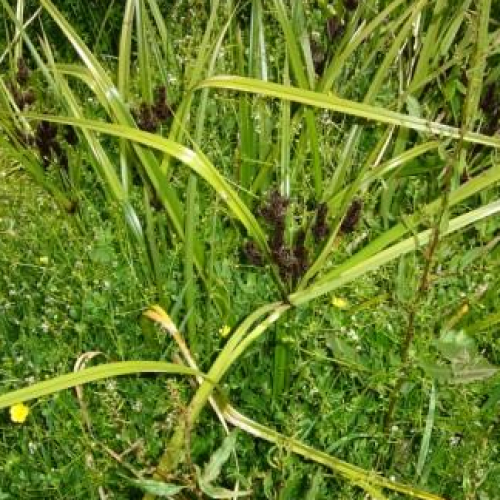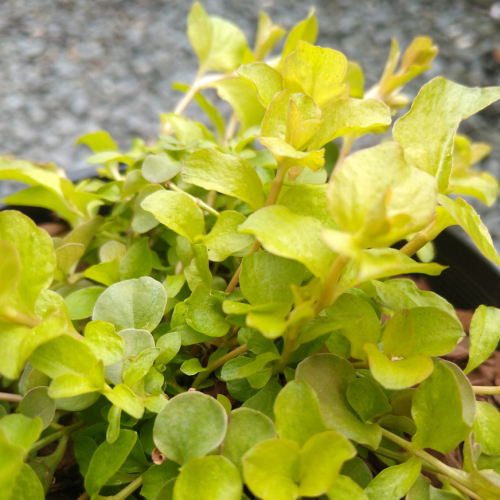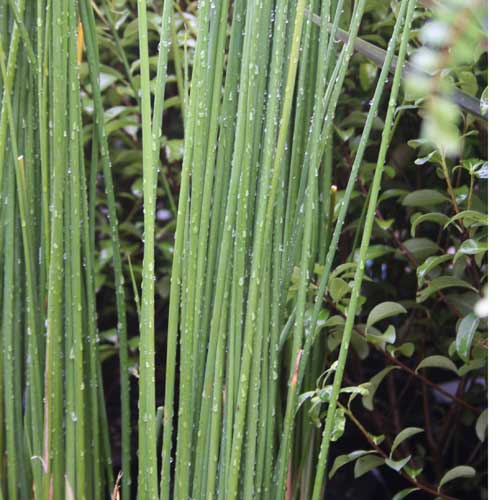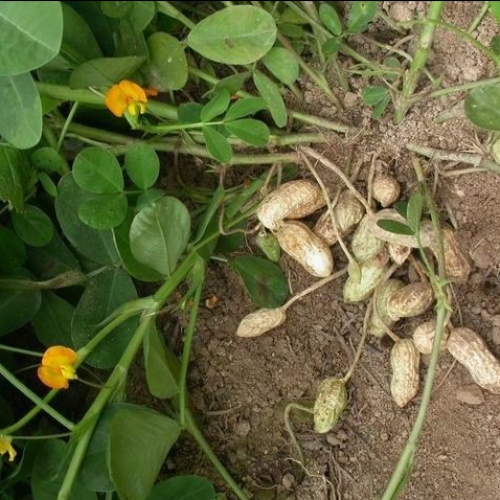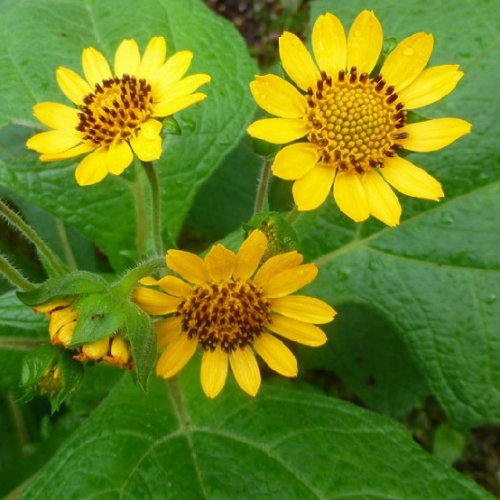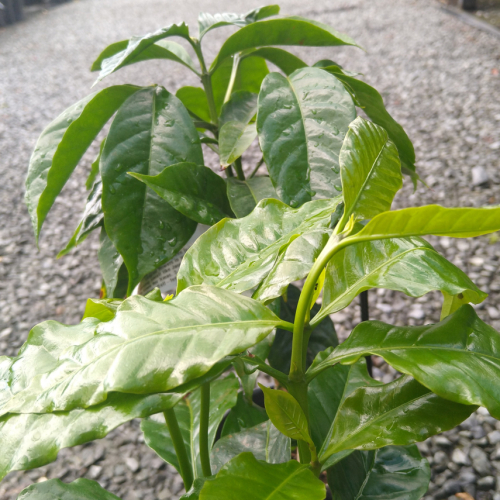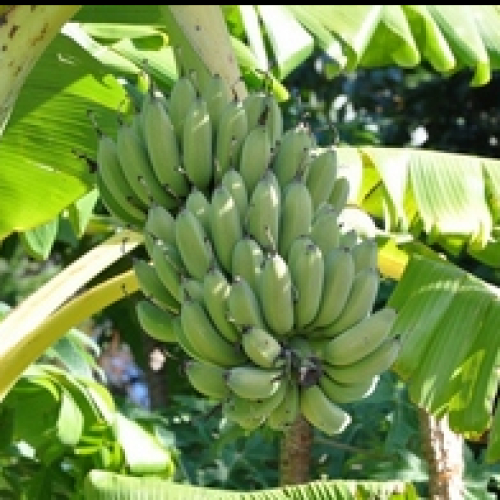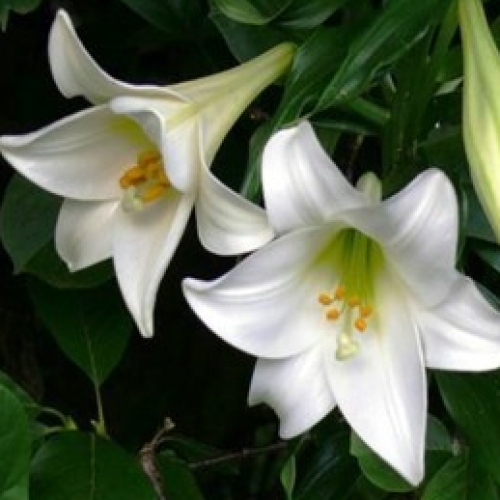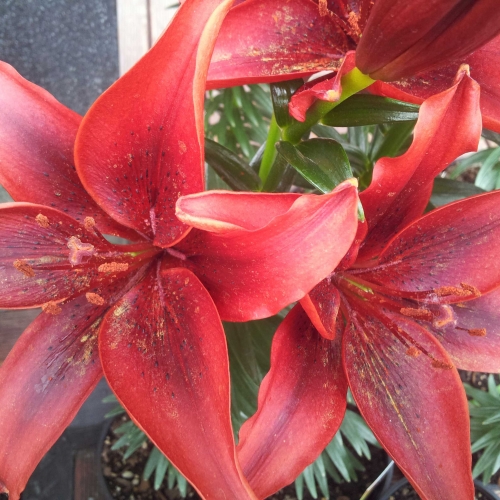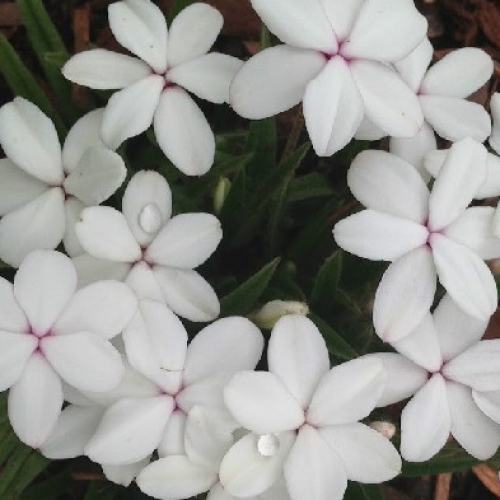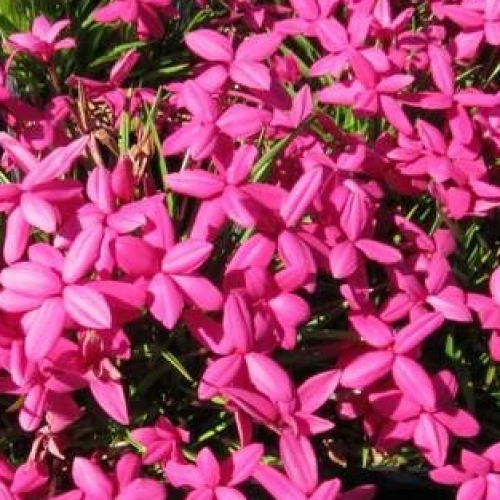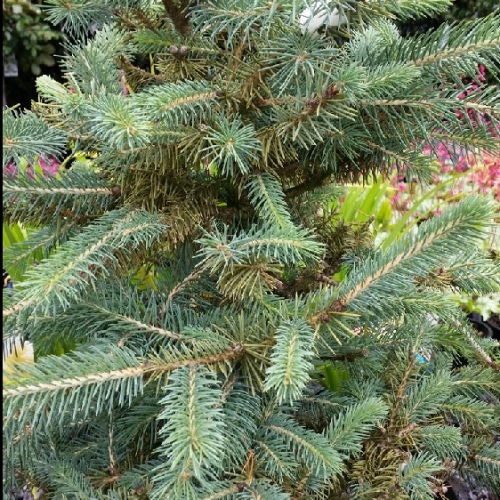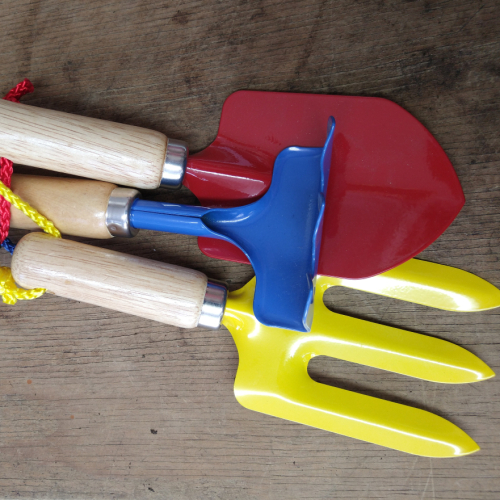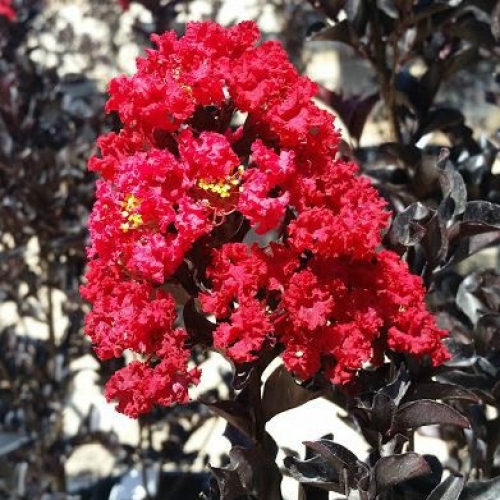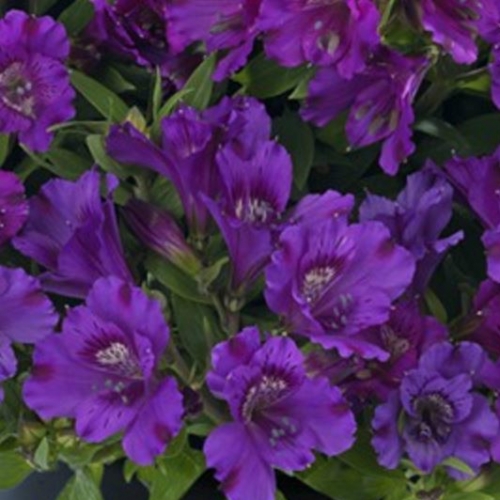Saturday 6th December, 2025
Hi
I was water blasting at home on my day off and marvelling at the many uses for water. It's something we often take for granted, living in a country which has a regular and plentiful rainfall and underground aquifers. However, having lived through some Waikato droughts I appreciate how important regular rainfall is to keeping things fresh and healthy in your garden. This week we have seen some good rain and it's liquid gold at this time of year when you are busy and, as I mentioned last week, you have things in pots which tend to dry out more quickly that those in the ground.
You have probably noticed that sometimes your pots can get so dry that the potting mix becomes hydrophobic and actually repels water. When this happens the water will just rush through your pot onto the ground without wetting and the best way to cure it is to place your pot in a bucket of water and wait until the bubbles have stopped. This allows the soil particles to 'reset' and the gaps between particles to become water storage areas again. Most good
Potting mix will contain a wetting agent which will help prevent this hydrophobia happening in the first place. Good potting mix also often contains
Water crystals which swell up and absorb water, which then can be released over time to your plant as the soil dries out. Water crystals can also be added to established pots at this time of year, if you are heading away on holiday and worried about leaving your pot babies unwatered. However, the best way to use the water crystals is mixed throughout the potting mix for maximum benefit to your plant.
While we are on the subject of watering pots, it's worth remembering that when you first put a plant into a large container there is a big area of potting soil and hardly any roots. It's easy to get carried away and add too much water for the plant size which can result in waterlogging and root rot. As the plant grows its needs will change, as will the root area. After all, water is only absorbed through the fine root hairs and not through the leaves, so save your watering for the soil and do not waste precious water hosing the top of the plant. And dial back the 'watering every day' obsession unless your plant is clearly drying out. You can usually tell by the colour of the soil, deep brown when wet, light brown when dry, or if all else fails stick your finger in a couple of centimetres to check for moisture.
Here at the nursery the roses on sale have soaked up the lovely rain and are starting to put on some new growth. The 20% off sale continues so enjoy it while it lasts!
Hydrangeas
Currently looking fabulous in gardens (and garden centres) Hydrangeas offer so many great benefits with relatively easy care and attention. The name can be broken down to its Greek origins (hydro- water and angos- vessel) which illustrates how water is crucial to the health of this plant. The vessel part refers to the seed capsules which are shaped like little pots or vessels and hydrangeas love water. In fact, in the dry weather they are one of the first plants to show their displeasure with limp leaves.
There are some important factors to consider, if you want to ensure that your hydrangeas do well, and one is position. While very adaptable, their preference is for dappled shade. So, if you do have them in full sun, mulching is important to retain that critical soil moisture. Some varieties (pure white) can get a little sun burnt if left in full sun so check out your position and see if it's getting morning sun (milder) or afternoon sun. The soil pH may also have some impact on the flower colour, which is why you can see plants at the nursery with a different coloured flower to what their name suggests. Commonly potting mix is a little more alkaline than kiwi soils, so this tends to encourage pinker blooms. To correct the pink and make for deeper blue - add aluminium sulphate or
Hydrangea Blue Enhancer to the soil/potting mix and for the opposite - to encourage pink blooms - add
Lime or Hydrangea Pink Enhancer. White flowers are the neutral position and prefer pH around 7 or slightly less.
New to the Nursery
Water plants
For those with plenty of water, i.e. gullies, ponds or swampy ground, we have some suggestions for planting in damp marginal areas and some plants which will grow completely in water in the same way as water lilies. For pond margins there are a good range of grasses and perennials to add interest to your water feature including
Acorus which are happy in water up to 20cm and come in green, yellow and variegated forms.
Cyperus ustulatus is a fast growing sedge which produces masses of seed which will float on the water surface.
Lysimachia is a perennial groundcover which is great along the edges of ponds and streams and happy in damp watery spots.
Juncus pallidus is a native wetland rush which gives a striking upright accent to the margins of ponds and water courses.
Peanuts! yes that's right we have just received a shipment of these cool little legumes. I first saw them growing in Hamilton Gardens in the Kitchen Garden and I'm curious to see how many people take up the challenge of trying something new and delicious which will actually help improve your soil too. Like most legumes, peanuts take nitrogen which is abundant in the atmosphere but not in soil and 'fix' it to the soil. Nitrogen is critical for plants to grow healthy leaves and stems. Plant peanuts in sunny, well-drained soil, or you could even grow them in a large pot. Poor soil will not concern them, but beware of wet feet!
Also new-in-store are
coffee plants which love hot well-drained situations and produce pretty white flowers followed by berries which start off green but go red when ripening. With its shiny leaves, flowers and berries this is a great plant to grow in a conservatory or a pot in a sunny spot.
Christmas Lilies are starting to show some colour in the bud - still a perfect time to grab these for a beautiful fragrant display in your house.
Lastly, I want to mention
Rhodohypoxis because we don't often get this into stock. These gorgeous little perennials are perfect in a pot where you can enjoy their pretty star shaped flowers at this time of year. We have these in dark pink (red) and white.
Christmas trees and gifts
If you want a
live Christmas tree, we still have plenty of small conifers suitable to grow in pots. These can be used year after year and look just as attractive in a nice pot outside your house from January to November as they do inside in December, all covered in tinsel and baubles.
Only one more full week of dispatch for courier Orders - make sure you get in quick to ensure delivery before we cut off on December 16th for the South Island and December 17th for the North Island. We recommence courier service in Early January. Larger items may need to wait until the trucking firms resume.
Have a great weekend!
Cheers from Lloyd, Tony and the Wairere team.
-Bag.jpg?t=1764881629)
